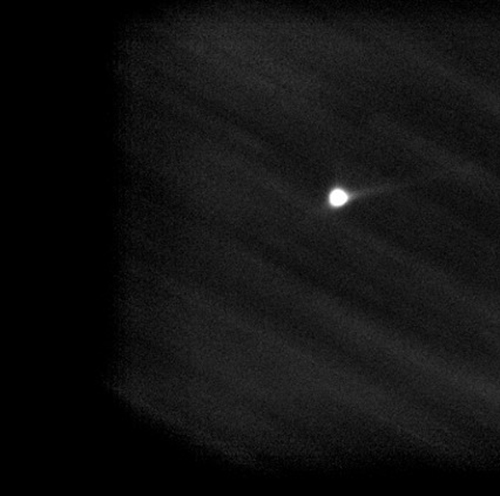Story highlights:
- Seth Jacobson, Michigan State University assistant professor and planetary scientist, has helped NASA confirm that its Double Asteroid Redirect Test, or DART, successfully diverted an asteroid from its initial path.
- DART’s success shows a similar approach could be used to protect Earth from incoming asteroids in the future.
- This result is published in the journal Nature, but Jacobson also stresses the importance of research done by MSU undergraduates whose names don’t appear on this particular publication.
- Undergraduate students who belong to the MSU Observatory Research Program, or MORP, are working on a variety of projects, including DART, to advance our understanding of the cosmos and gain valuable experience for their future careers.
It’s not hard to make the case that Michigan State University planetary scientist Seth Jacobson is a bit of a celebrity: Leonardo DiCaprio kind of played him.
In the movie “Don’t Look Up,” DiCaprio portrayed a fictitious MSU scientist trying to save the world from a comet on a collision course with Earth. Jacobson is a real MSU scientist working with NASA to prove it could redirect incoming space rocks if the need arises.
In fact, Jacobson recently contributed to a paper published in the journal Nature that’s part of the first wave of analysis showing how NASA successfully knocked a near-Earth asteroid off its initial path (to be clear, this was a proof-of-concept mission, and the planet wasn’t in immediate danger).



